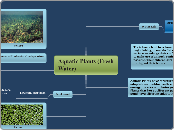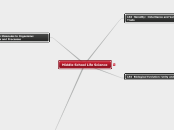par Alister Aroza Il y a 13 années
14686
Adaptations of Aquatic Plants
Freshwater aquatic plants exhibit various structural and behavioral adaptations to maximize their access to light for photosynthesis. These plants, depending on their habitat within a pond, have evolved distinct features to thrive.









